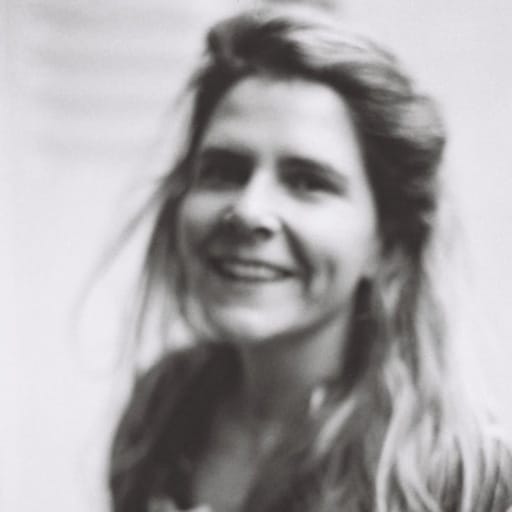“I looked for naturalness, but I never made the mistake of using that word.”Frank Horvat
The exhibition Frank Horvat: Paris, the World, Fashion at the Jeu de Paume recounts the rise of an artist of astonishing versatility. Bringing together 170 p...

“I looked for naturalness, but I never made the mistake of using that word.”Frank Horvat
The exhibition Frank Horvat: Paris, the World, Fashion at the Jeu de Paume recounts the rise of an artist of astonishing versatility. Bringing together 170 p...


Read More : Best Regards, Frank Horvat

You’re getting blind.
Don’t miss the best of visual arts. Subscribe for $9 per month or $108 $90 per year.
Already subscribed? Log in